Story – Chris Hector & Photos – Roz Neave
Christoph Hess retired in 2016 from his position as head of the Education section at the Warendorf Centre for Education and training in Germany. He is still actively involved on many levels. Share some of his insights.
In the sometimes stuffy world of dressage, Christoph Hess is a breath, no, a whirlwind of fresh air. He is just about the most enthusiastic person I know, and luckily for the world’s dressage horses, a large portion of that enthusiasm is directed at improving their lot, not just the way they are ridden but also how they are breed, raised and housed. And lucky for the horses, Christoph is a very influential man. In Germany he is the head of the Education section at Warendorf but he is also in constant demand as a judge, and more often, commentator, at the big German shows. Here he takes every opportunity to promote a horse friendly system of training – a dressage system that does what dressage is supposed to do, really promote the mental and physical well-being of the horse.
Christoph completed a barn storming tour of Australia, starting in the West, stopping off in South Australia and Victoria, before finishing up in New South Wales, and everywhere he had the same message: dressage should be logical, dressage should promote a happy horse: “This is our highest goal, a happy horse, a happy athlete…” he told the audience at the Dressage Judges, Coaches and Riders clinic at Werribee Equestrian Centre.
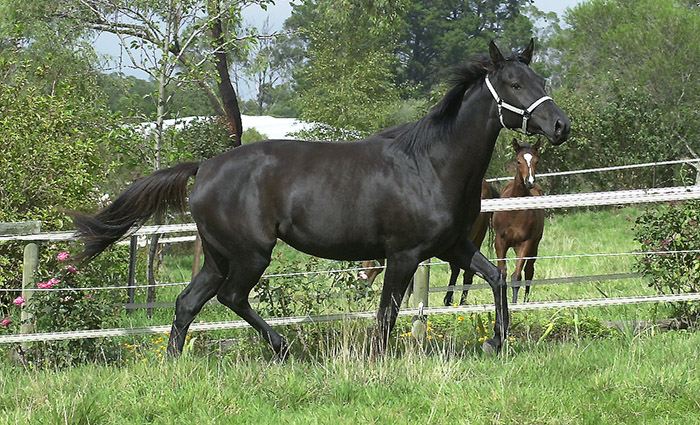
Christoph first conducted a theory session, where his photo really set the theme, the one of a horse at liberty in a field.
“In the old days it was terrible, all the horses were in the stable all the time. The more we see horses outside, the more we realize what we have to do when we school them under saddle.”
“Many horses today have no contact with other animals. It is important to realize that the horse is not born for the stable, the horse wants to be cantering in the fields. It is not good if the horse is alone, horses need contact with other horses. What is perfect is if the horse can go outside in a group of two or three horses, like when he was growing up.”
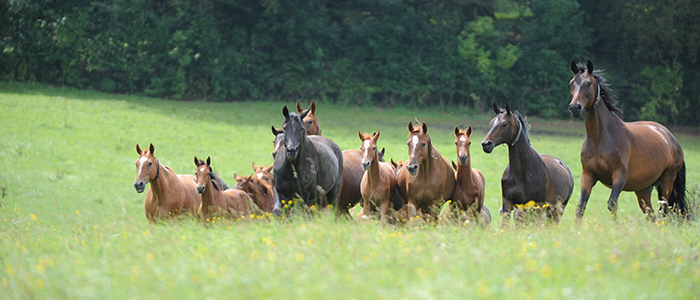
Christoph emphasizes over and over again, that we should work with the horse:
“The horse always tries to run away, that is part of his nature. When the rider uses the bit to stop the horse, that is the rider’s first wrong move. We must always give the horse an open door. When we hold the horse with our hands we take the horse out of its mental and physical balance, and that is the beginning of disharmony between horse and rider.”
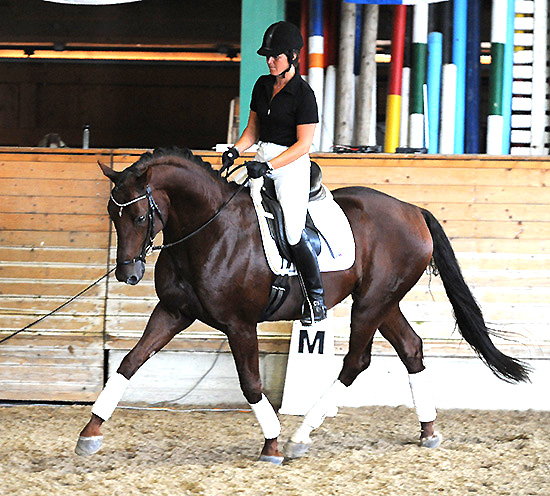
“Give the horse the feeling of freedom when you sit on it, always the feeling that it can move forward. Most riders all over the world use their hands to try and control their horse, the neck starts to shorten and then it all starts to go wrong.”
Christoph’s other opening photo, of a rider carrying another rider on his shoulders, opened up the second theme of his clinic: the responsibility of the rider to ride correctly.
“The better the rider’s balance in the saddle, the better the communication. There are two things the rider must be – balanced, and supple. The less good the rider’s seat, then the more often the rider is in the saddlery shop buying new saddles, new stirrups. The rider has to find his balance in the saddle, not being held in position by a saddle in which you cannot move.”
Christoph is a keen student of the breeding of dressage horses, and his philosophy works hand-in-hand with the emergence of the new modern dressage horse: “The better the movement of the horse, the better rider you have to be. If you think all you have to do is buy a horse in Europe with wonderful movement, and you won’t have to learn to ride it, you are wrong. Big gaits are more difficult to ride, piaffe is easier than extended trot to ride.”
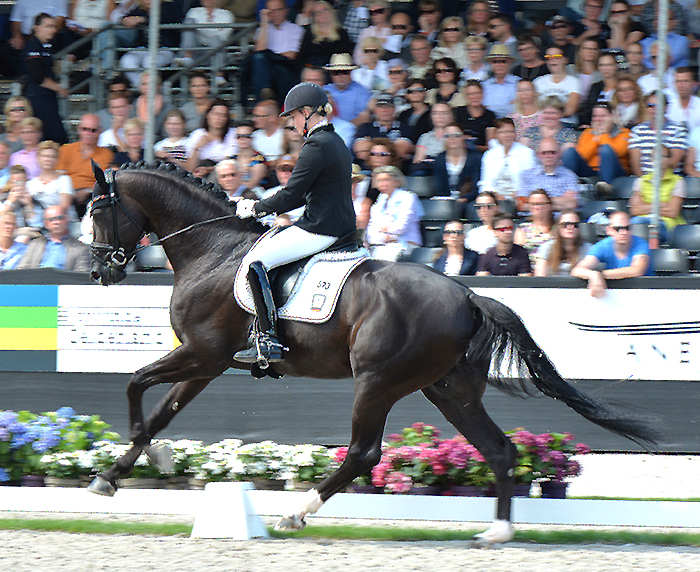
“I see top horses after a few years, weeks or even days with a rider that is not balanced or supple, and they go down. Rider’s often don’t realize that they are using their reins to balance their body.”
“Bill Roycroft could ride the showjumping course in Rome with one hand. It is the very best exercise to ride all the movements with one hand, then it is very easy to judge if you are riding the right way or the wrong way. I tried to bring a one handed movement into our dressage tests, no luck, but if you have the feeling the rider is able to ride one handed, that is a good horse and rider – wow!”
“The second test, is the rider able to give both reins? Often this would be a complete disaster, the horse just runs away.
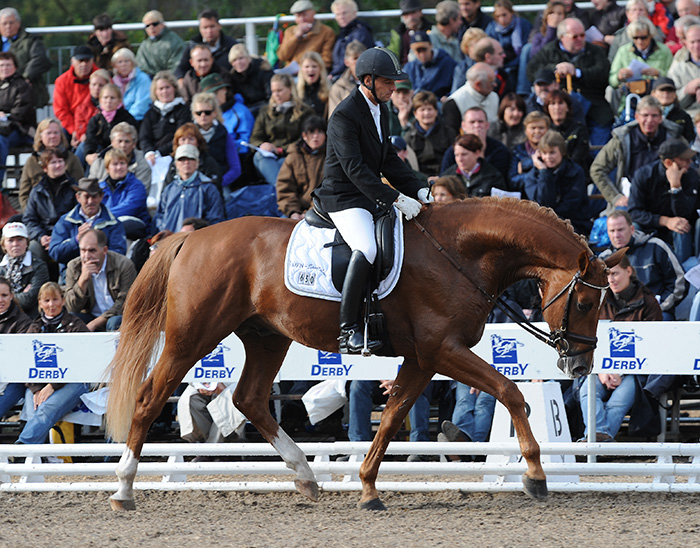
Is the rider able to ride all the movements with a long rein, long with contact, then as long as possible. It is possible to ride piaffe on a long rein when the rider rides 100% with a balanced body, and the horse is on his aids.”
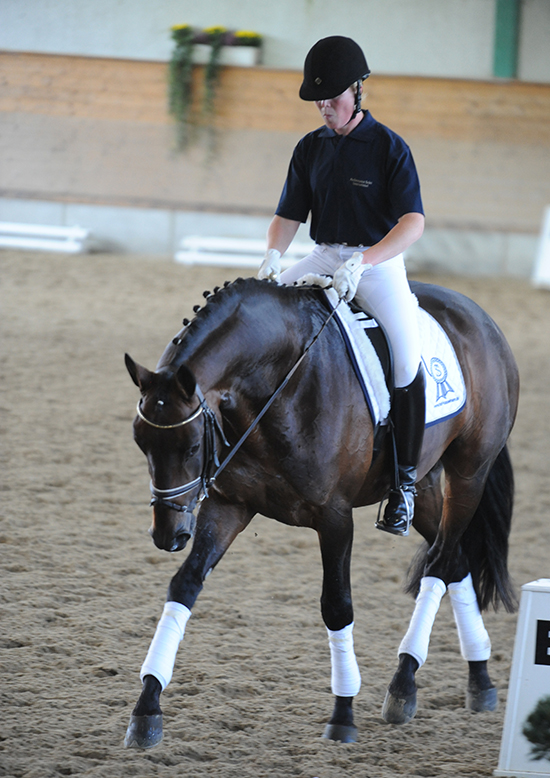
“These are the basics of the spirit of good riding.”
“Grand Prix is basic, basic, basic. It is not trick riding, it is basic work. Basics may seem easy but they are in fact complicated – you need someone on the ground to help you. Someone who can say, too fast, or too slow.”
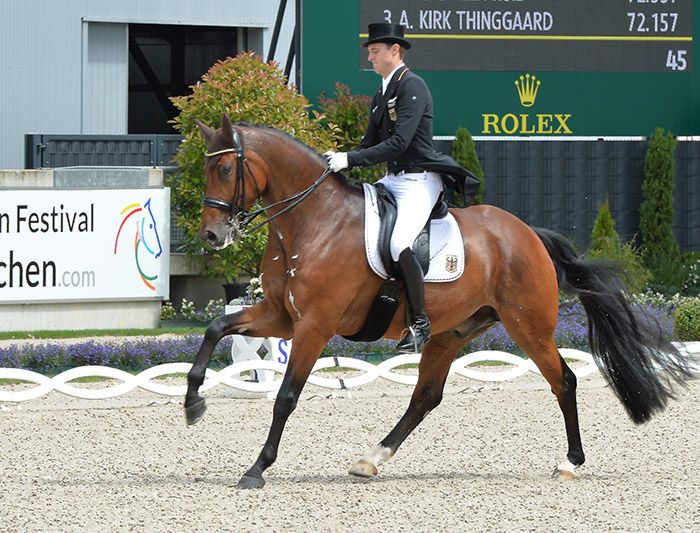
“Is the horse properly seeking the bit? Some top class horses are light in the neck and head, but always behind the bit. You always have to have the feeling that the horse learns to stretch its body. Not just stretching his front and neck, but the whole body. The horse needs his neck to balance his body – it is not so important that the horse’s nose is in front or behind the vertical, as long as the horse is stretching. If the horse is not stretched it is impossible for it to flex. First stretch, then flex.”
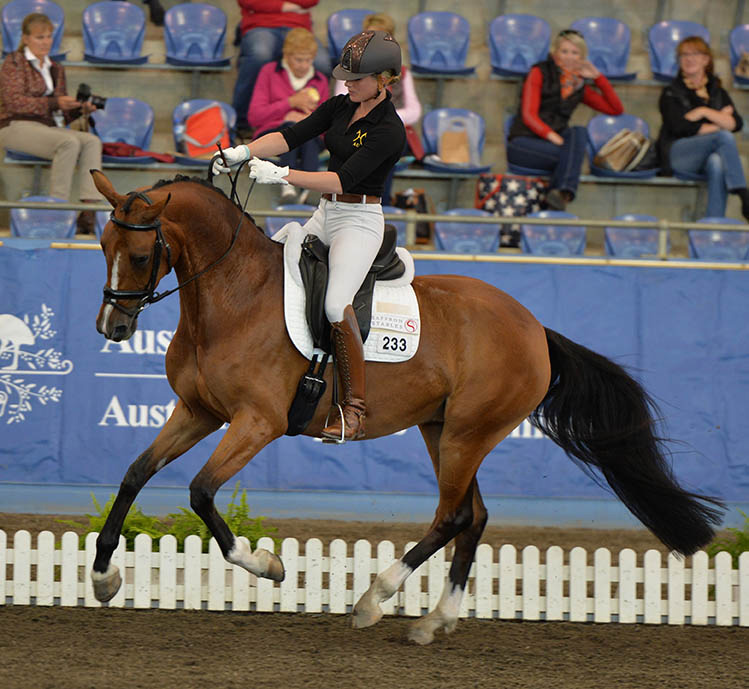
“Why do we ride the horse long when we want it to go in nice self-carriage? Because that self-carriage is the result of stretching.”
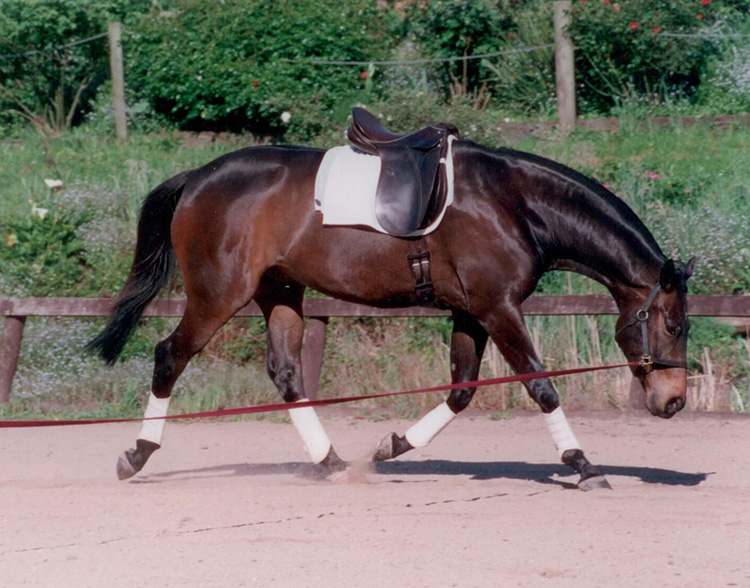
This is the way the horse has to move; this is the feeling we need when we school, we need to have a feeling of how a horse moves…
“One of the first things in riding is to get the horse to accept the inside leg. The rider’s inside leg makes the horse, it governs speed and straightness, but it only works in conjunction with a proper outside rein, and in conjunction with the rider’s outside leg, that leg should be five to ten centimeters back, more like five than 10.”
And as you would have expected from someone in Christoph’s position, the centre of his address was the German Training scale, and in particular, the first three elements.
next the Training Scale
Breed yourself a dressage horse, find out what is new – www.ihb.com.au
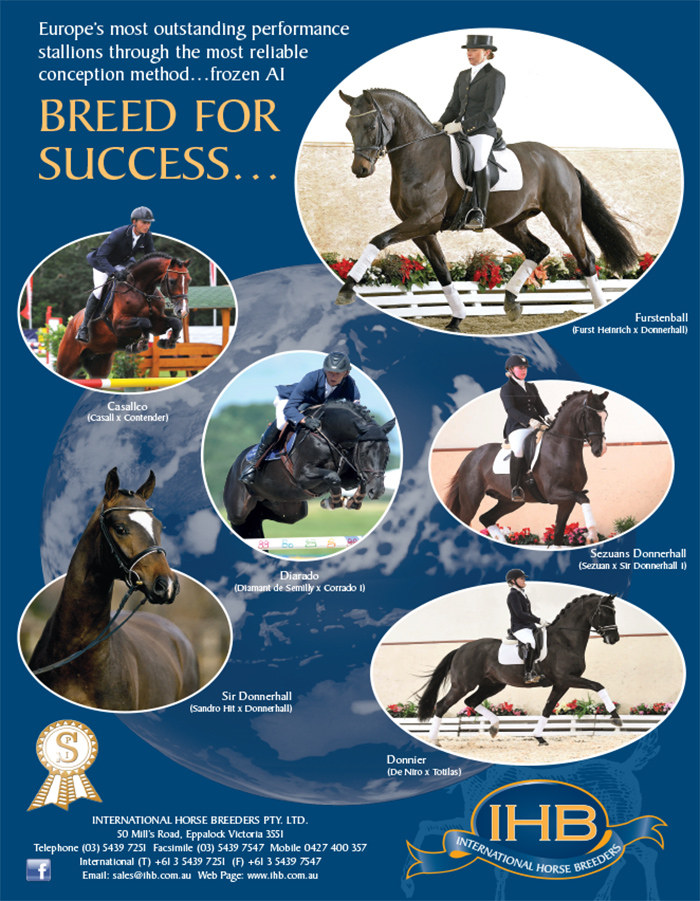
“Rhythm, this is absolutely important, four beat walk, two beat trot, and three beat canter. Many judges don’t look enough at the three beat of the canter. They look at the walk, and if it is two beat, that’s it, 1 mark, and they kill it for life, but they look at a four beat canter and remark ‘lovely collected canter’. Rhythm has to include ‘tempo’ – you can ride the whole time too fast or too slow. The paces have to be active, but not hurried, and show enough swing in the back, the back is the bridge between the hind legs and the front legs. The better the tempo, the more elasticity the horse will show in the paces. The good rider has a wonderful feeling for timing in the saddle. The goal is to make the lazy horse more active, and the too energetic horse to slow down.”
“Relaxation is very important. All over the world we see riders who can control tension and produce a spectacular test, but they are not able to show a supple horse.”
“Contact is about stretching through the whole body. Is the movement starting behind, swinging over the back and to the horse’s mouth. The rider has to feel the horse’s hind legs in his little finger.”
“The rider’s hands listen to the horse’s mouth. Is the horse happy? Is it stretching? In front of the aids? Accepting the bit? The most sensitive part of the horse is its mouth, this is the opportunity for the rider to feel what is happening. This is where we talk with the horse, our sensitive contact with the mouth.”
“Some people think the more loose the contact, the better, but the horse has to seek the contact. Sometimes it is better to have a stronger contact than loose. Often horses are born with a tendency to a loose contact – we have to be very careful in our stallion selection not to look for the pretty stallions with very long necks, and very soft contact – these horses are ‘loose’ but they are mainly over-bent and they don’t have a proper forward tendency. At first we want a steady contact, then as soft as possible. Never work without a steady contact.”
more follows
“People say that horses today are much better but the riders are not better. Today’s horses are always in a frame, but often they don’t seek the contact properly.”
“This is flexion. Many people think they have to bring the horse’s head as much as possible to the left or the right, so the horse is saying good morning. No – this is not what we want, we want to see just a little bit of the horse’s eye and nose. Don’t take the horse out of balance.”
“The goal of dressage is to have a horse in harmony and in front of you. This is wonderful communication, the horse trusts the rider to jump – both horse and rider are relaxed, positive and forward. Dressage is not doing movement, movement, movement because they are in the Rule Book, it is making the horse obedient, making the horse supple, making the horse in front of you. The happy athlete.”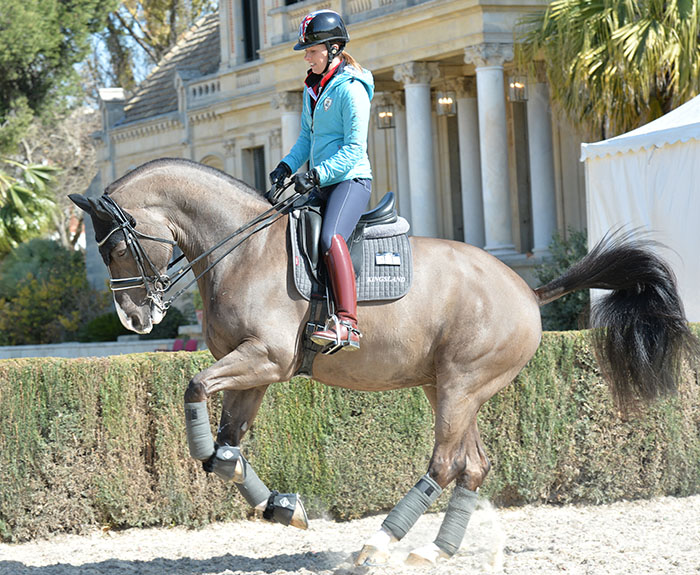
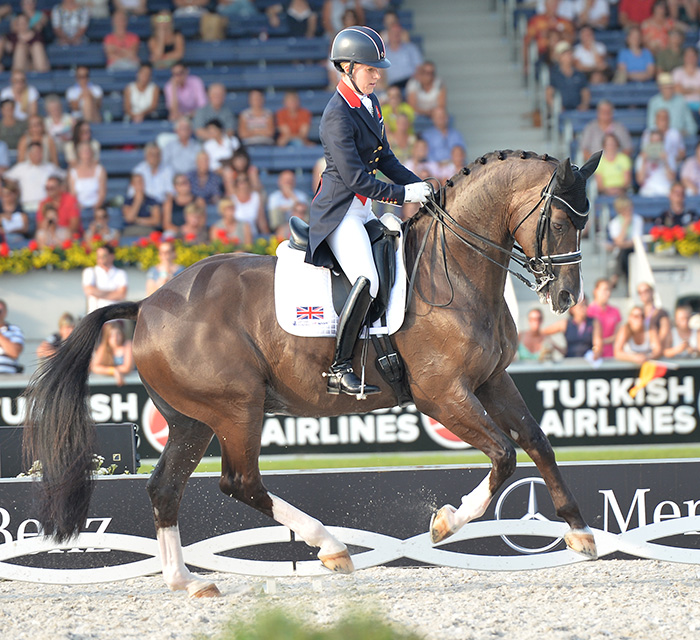



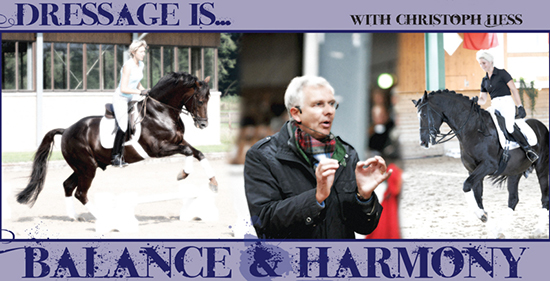
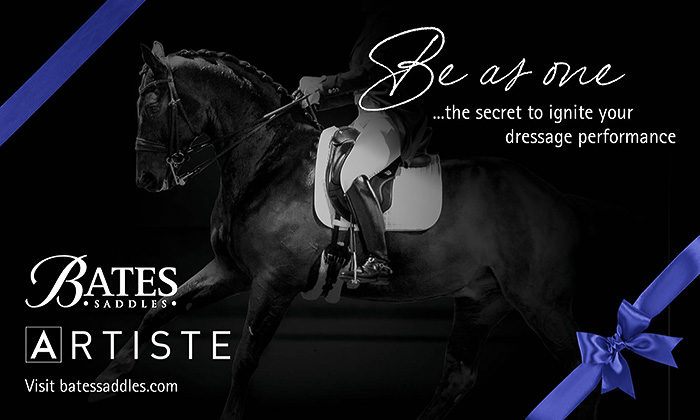
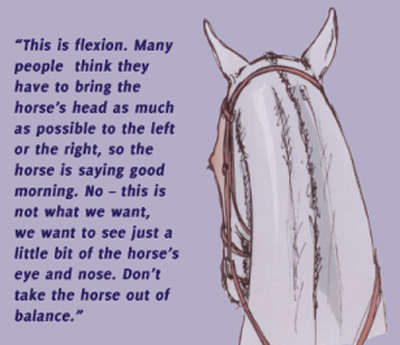
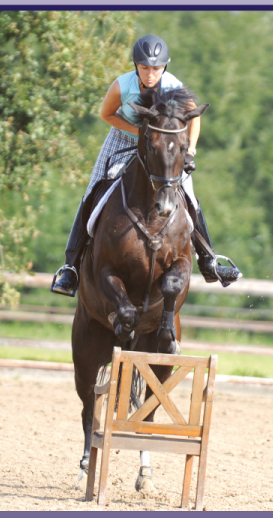
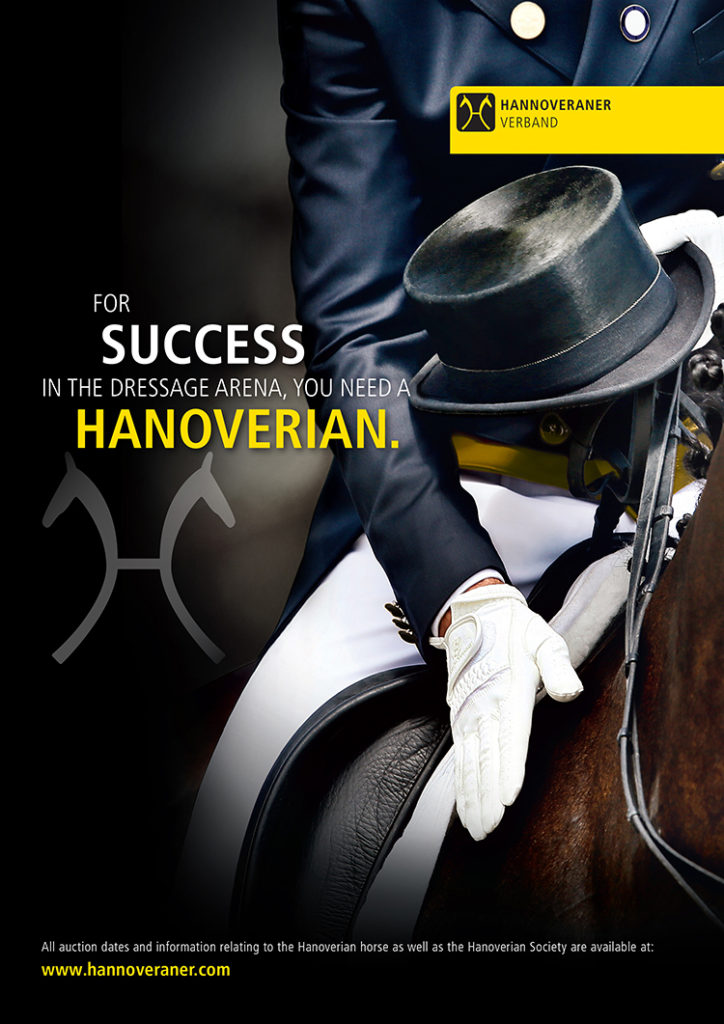
We are so lucky to have such professionals giving their time to write articles to help those of us who can’t get to their stables for lessons. I enjoyed this article very much. Christoph’s son Philip comes to England and I have been lucky to see him give a clinic. What other sport allows amateurs to watch top trainers who share their knowledge freely and also to compete against professional riders on an equal basis.
Great information. Thanks!
In New England, we have had the pleasure of Mr Hess’ visits, lectures, and clinics. This article captures many of his guiding principles as well as his sincere respect and love of horses. Well done!
This was most informative and well written. I can’t tell you how much I’ve learned from such articles by the elite trainers of the world. I consider Christoph Hess the best of the best and am always inspired by his wisdom, knowledge, passion, and genuine respect and wellbeing for the horse. I hope to see many more articles as I always look forward to his teachings. Many thanks Christoph.
I really enjoyed the article, thank you
Most enjoyable and informative reading,thank you. Question!! Being a very low level rider, i have many times asked the question why do advanced, more educated riders require stronger bits?? After reading this article, ( forgive me if i’ve misunderstood} we should be encouraging/training with as few gadgets in the mouth as possible. Can our advanced riders ride effectively without these?